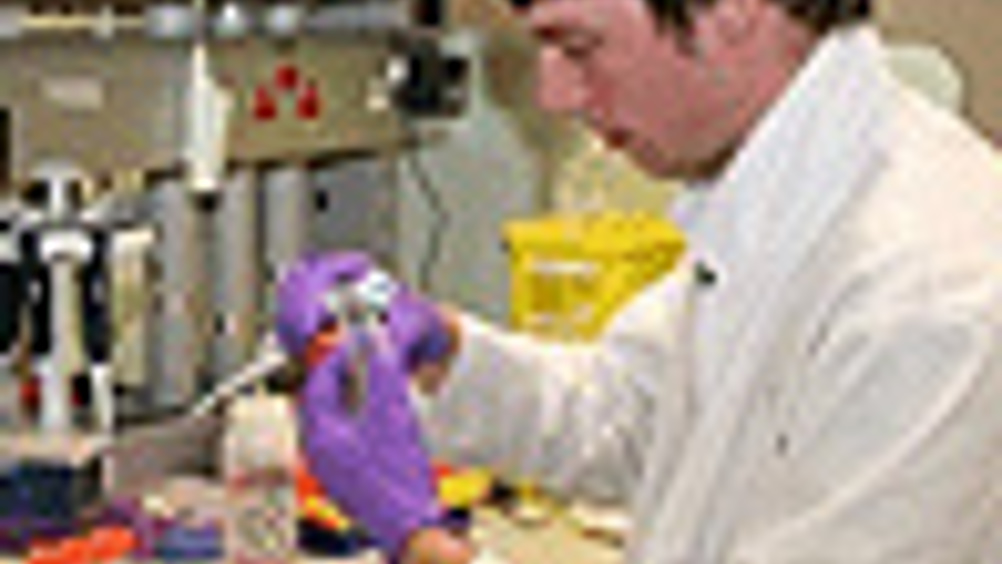Southern comfort
It may be crowded, but London and the south-east boasts a wide range of hi-tech activity, from healthcare to satellite systems. Berenice Baker reports.

London and the south-east is perhaps better known as the government, transport and financial hub of the UK than for technology and innovation. But pockets of industries cluster around certain areas, supported by world-leading research and inspired investment.
ICT and other hi-tech companies line the M4 and M3 corridors. Berkshire houses the headquarters of several international car manufacturers, including
and
, and
makes the Mini in Cowley, Oxfordshire.
Many international engineering firms have their corporate headquarters in London and the home counties. Surrey is home to F1's
and
chemicals division, while facilities such as Farnborough Airfield and the Sandhurst military academy makes Hampshire ideal for military technology developers, including
and
.
What the region lacks in space, it makes up for in its concentration of innovators, a point exploited by technology transfer, company incubation and investment spin-out
. Jon Page, director of new ventures, said: 'Imperial College draws the best scientists in the world. London brings together all the components for unique technology businesses — talent, technology insight, transport, communication, facilities and financial infrastructure. The south-east also has a growing presence of successful entrepreneurs.'
Register now to continue reading
Thanks for visiting The Engineer. You’ve now reached your monthly limit of premium content. Register for free to unlock unlimited access to all of our premium content, as well as the latest technology news, industry opinion and special reports.
Benefits of registering
-
In-depth insights and coverage of key emerging trends
-
Unrestricted access to special reports throughout the year
-
Daily technology news delivered straight to your inbox







Klein Vision unveils AirCar production prototype
According to the Klein Vision website, they claim the market for flying cars will be $1.5 trillion by 2040, so at the top end $1 million per unit that...